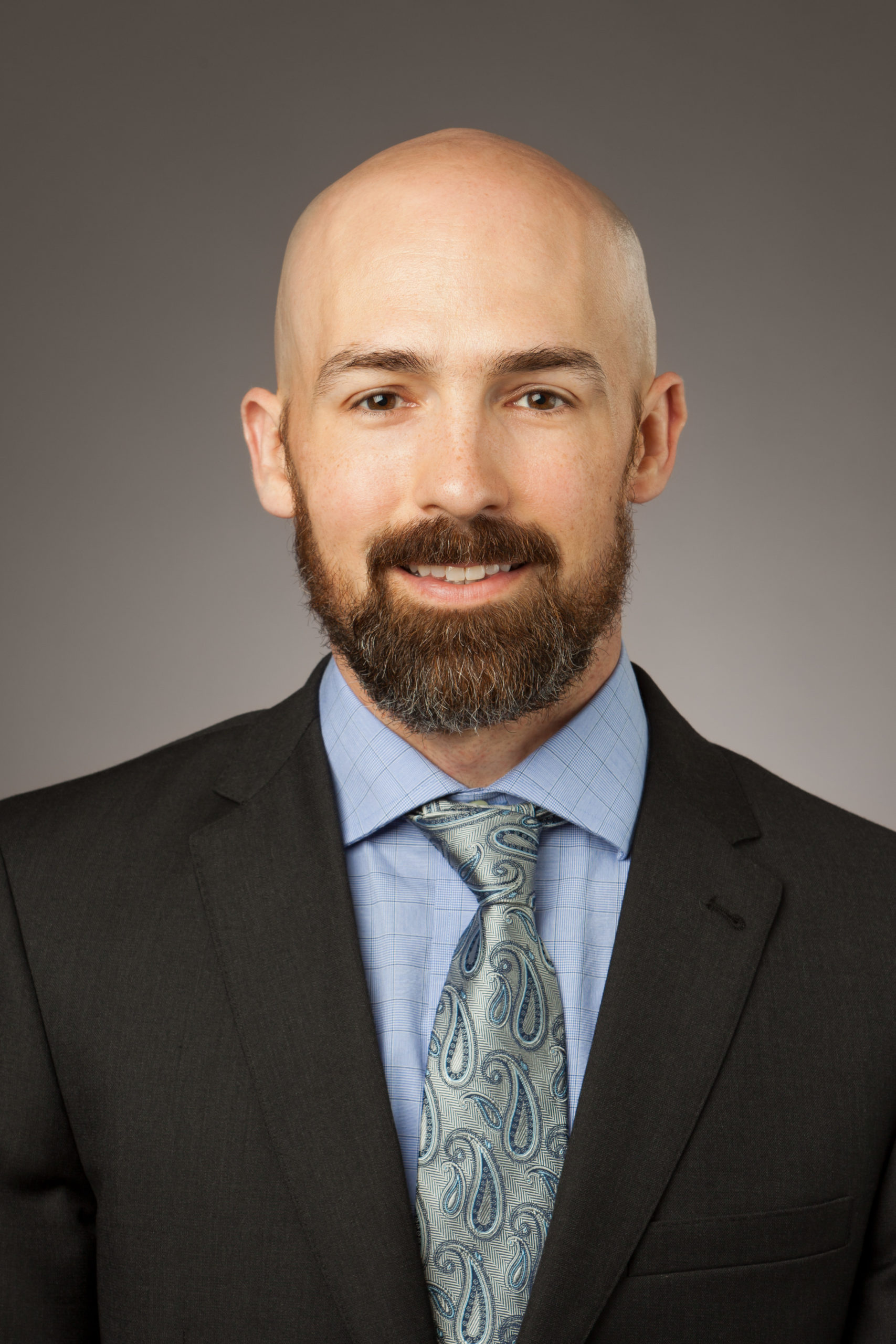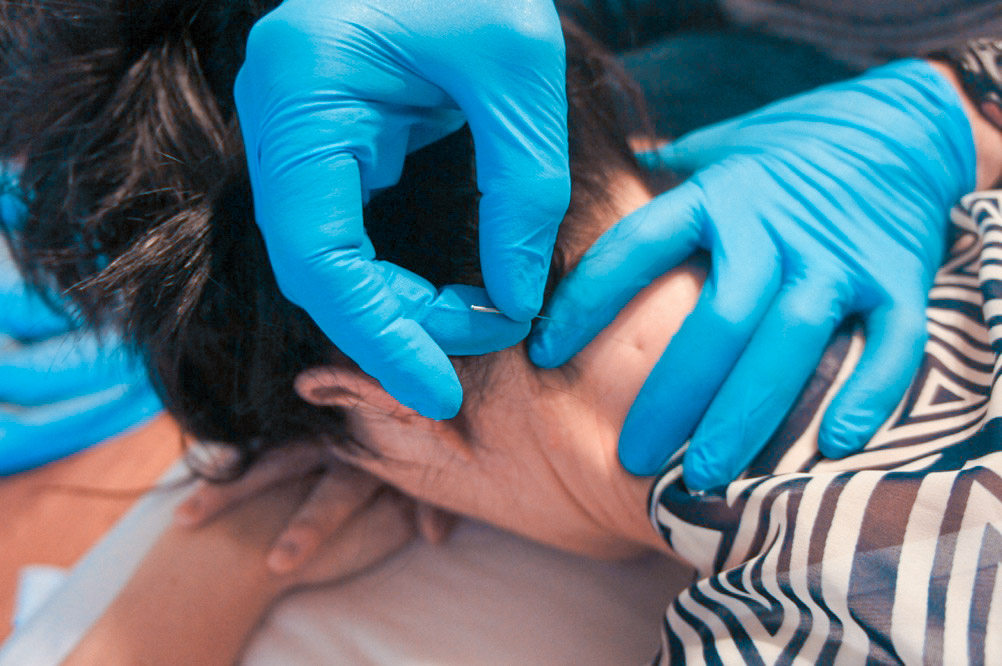Gary Kearns : Dry Needling
Dry Needling (DN) is a powerful, adjunctive tool for the orthopaedic manual physical therapist. However, when not placed in the context of a thorough subjective history, a comprehensive neuromusculoskeletal examination, and appropriate differential diagnosis, it can be challenging to accurately identify the most appropriate patients and achieve optimal patient outcomes.
Explication du cours
This course is designed to bridge the gap between DN theory to how this tool can be integrated into clinical practice seamlessly by presenting a case based approach to DN with an emphasis on clinical reasoning in order to provide first time exposure and education to clinicians on DN as well as review and improve effective technique with clinicians currently utilizing DN.
Participants will cover the most commonly implicated muscles involved with frequently encountered upper & lower quadrant musculoskeletal dysfunctions. With concerns about complications from the invasive nature of dry needling, ample amount of lab time will be spent on surface anatomy and palpation to ensure accurate location of relevant regional anatomy and safety of technique.
Objectif de la formation
Upon completion of this course, participants will be able to:
- Knows basic terminology.
- List the different histochemicals identified as being present in an active myofascial trigger point. (Cognitive: Knowledge)
- List the differences between an active and latent myofascial trigger point. (Cognitive: Knowledge)
- Understands theory.
- Explain the major tenets of each trigger point dry needling theoretical model. (Cognitive: Comprehension)
- Identify the differences between sympathetic, central and peripheral pain mechanisms that are considered with trigger point dry needling. (Cognitive: Analysis)
- Apply principles.
- Uses principles of pain science and trigger point dry needling as intervention in selected mock patient case studies. (Cognitive: Application)
- Evaluate ideas.
- Appraise the appropriateness for trigger point dry needling through subjective and objective presentation in mock patient case studies. (Cognitive: Evaluation)
- Demonstrate awareness of presentation.
- Acknowledge the precautions and/or contraindications in a case presentation when considering trigger point dry needling. (Affective: Receiving)
- Contribute to class discussion of mock patient case studies. (Affective: Responding)
- Demonstrate psychomotor skills.
- Detect active and latent trigger points through digital palpation. (Psychomotor: Perception)
- Practice under supervision of course instructor trigger point dry needling of muscles presented during the course. (Psychomotor: Guided Response)
- Demonstrate safe application of trigger point dry needling to the upper trapezius as demonstrated by course instructor. (Psychomotor: Mechanism)
- Proceed through identification of target muscle, patient set up, use of clean needle technique, and treatment of target muscle without cuing. (Psychomotor: Complex Overt Response)
Contact/Credit Hours: 24 hours
Teaching Questions:
- Can participants cite literature in support of the existence of myofascial trigger points and the subsequent treatment using DN when explaining procedure to potential patients?
- Can participants cite contraindications and precautions to selecting DN as a potential treatment?
- Can participants cite anatomically specific risks or precautions to performing DN to each region of the body covered?
- Can participants demonstrate clean needle technique?
- Can participants pass the lab practical competency assessment?
Methods of Evaluation:
- Lab practical competency examination: During the practical examination a brief case will be presented with a muscle identified to be treated with DN. Each participant will be expected to review relevant anatomical considerations in the area, cite any precautions from the case, demonstrate clean needle technique and treat the identified muscle with appropriate length needle and needle direction.
- Course evaluation: A summative course evaluation will be completed by each clinician anonymously, rating the overall quality of the course content, course instruction and making suggestions for course improvement.
Course Policies:
Participants must review and consider a waiver of liability prior to initiating any of the laboratory activities. If any specific condition exists that would preclude a participant from receiving DN, they must inform both the instructor, lab assistants and their lab partner.
Public Cible
Ouverte à tout kinésithérapeute, ostéopathe, médecin. Pas de pré-recquis en Thérapie Manuelle demandé
Lieu
Centre Thérapies et Formations
Rue Vandernoot 27
1080 Bruxelles
Programme Day 1
0800 Course Registration-Welcome and Introductions
0815 Lecture: Online Material Review: Dry Needling History, Theory, Mechanisms, Scope of Practice, and Literature Review (90 mins)
0945 Lecture: Clean needle technique and needle handling (30 mins)
1015 Morning Break
1030 Lab: Shoulder Girdle Muscles: Surface Anatomy (30 mins)
1100 Lab: Shoulder Girdle Muscles: Dry Needling (60 mins)
1200 Lecture: Shoulder Girdle Case Studies (45 mins)
1245 Lunch Break
0145 Lab: Arm Muscles: Surface Anatomy (30 mins)
0215 Lab: Arm Muscles: Dry Needling (60 mins)
0315 Afternoon Break
0330 Lab: Forearm Muscles: Surface Anatomy (30 min)
0400 Lab: Forearm Muscle: Dry Needling (60 min)
0500 Lecture: Arm and Forearm Case Studies (30 min)
0530 Adjourn – Total Time Day 1 = 8 hours (480 min)
Programme Day 2
0800 Questions from previous day
0815 Lab: Cervical Spine Muscles: Surface Anatomy (60 mins)
0915 Lab: Cervical Spine Muscles: Dry Needling (90 mins)
1030 Morning Break
1045 Lecture: Cervical Spine Case Studies (60 mins)
1145 Lab: Lumbar & Posterior Hip Muscles: Surface Anatomy (30 min)
1215 Lab: Lumbar & Posterior Hip Muscles: Dry Needling (60 min)
0115 Lunch Break
0215 Lecture: Lumbar & Posterior Hip Muscles Case Studies (30 min)
0245 Lab: Anterior Hip/Thigh & Posterior Thigh Muscles: Surface Anatomy (30 min)
0315 Afternoon Break
0330 Lab: Anterior Hip/Thigh & Posterior Thigh Muscles: Dry Needling (60 min)
0430 Lecture: Anterior Hip/Thigh & Posterior Thigh Muscles Case Studies (30 min)
0500 Q&A (30 min)
0530 Adjourn Total Time Day 2 = 8 hours (480 min)
Programme Day 3
0800 Lab: Lower Leg Muscles: Surface Anatomy (30 min)
0830 Lab: Lower Leg Muscles: Dry Needling (60 min)
0930 Morning Break
0945 Lecture: Lower Leg Muscles: Case Study (30 min)
1015 Lab: Upper Quadrant Round Robin (75 min)
1130 Lab: Lower Quadrant Round Robin (60 min)
1230 Lunch Break
0130 Lab: Q&A and Technique Review (75 min)
0245 Afternoon Break
0300 ASSESSMENT: Day 1 Muscles check off (60 mins)
0400 ASSESSMENT: Day 2 Muscles check off (60 mins)
0500 Q&A (30 min)
0530 Adjourn Total Time Day 3 = 8 hours (480 min)
Total Onsite Course time (including Assessments): 24 hours
Dates
Cours standard les 8 – 9 – 10 Mars 2024
Cours advanced les 11 et 12 Mars 2024
Frais d’inscription
Prix standard 650€
Réduction de 100 euros jusq’au 31 Octobre 2023 !!!
Prix advanced 400€
Réduction de 50 euros jusq’au 31 Octobre 2023 !!!
Prix formation complète 5 jours 950€
Réduction de 150 euros jusq’au 31 Octobre 2023 !!!
Inscription
Sélectionnez votre formation :
- GARY KEARNS : DRY NEEDLING (choix: Standard) — Out of stock
- GARY KEARNS : DRY NEEDLING (choix: Advanced) — Out of stock
- GARY KEARNS : DRY NEEDLING (choix: Formation complète) — Out of stock


